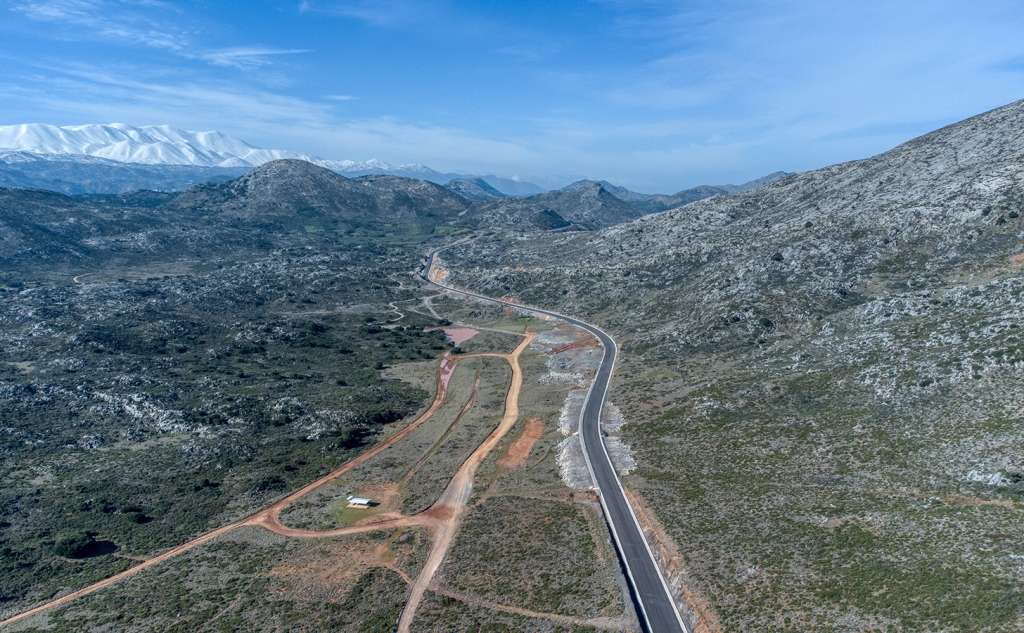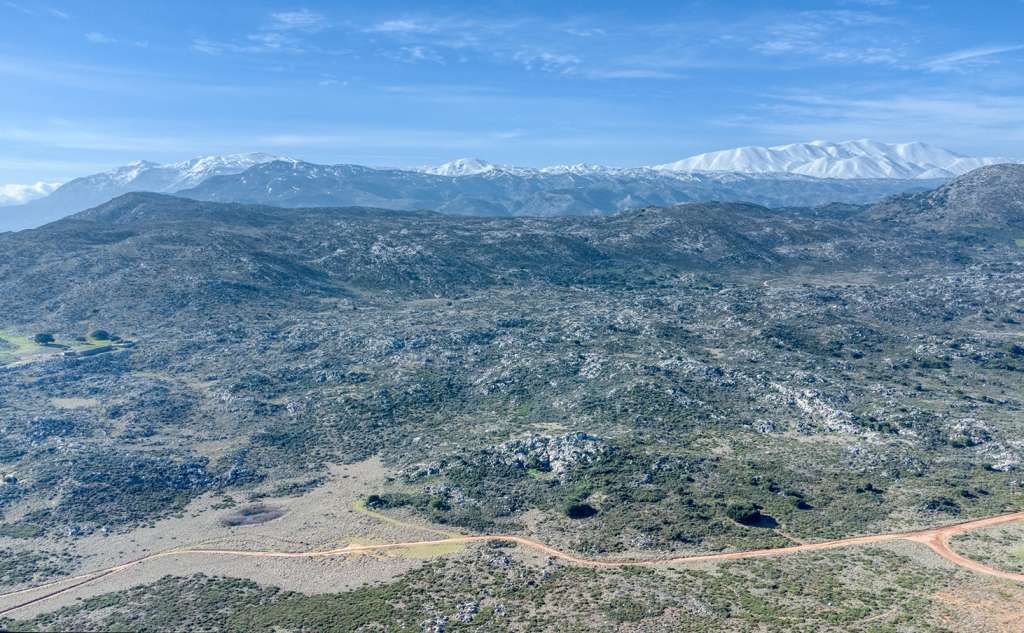Stroumboulas Plateau
The plateau of Stroumboulas, in Tylissos, is formed in the south of the homonymous mountain range of Stroumboulas, which has an altitude of 798 metres. If one looks at the mountain range from the city of Heraklion, one will notice that it looks like a pyramid or a volcano. After all, the name Stroumboula comes from the Italian word Stromboli because it was reminiscent of the homonymous volcanic island of Sicily in the Tyrrhenian Sea. In reality, however, the mountain is not a volcano. The name Stromboli is mentioned by many travellers of the time, as well as in Venetian maps. Before the Venetian period, Stroumboulas was known as "Stroggylo - Round" because of its shape.
The elongated plateau has relatively poor vegetation, except for the few holly bushes (Quercus coccifera). The bushes look like oak trees and can be found in all the mountains of Crete.
In the broader area of the plateau, there are many precipices and caves. On one side, on the road, the visitor can see the chapel of Agios Georgios (which also has a well).
At the top of Stroumboulas (after a 45-minute walk, approximately), visitors can see the small church of the Exaltation of the Holy Cross and admire the unique view of the whole area of Heraklion. The church has a history that has been lost in the depths of the centuries. It already existed from the period of the Venetian rule, and most likely, it was built on an ancient sanctuary due to the particular location of the area.




